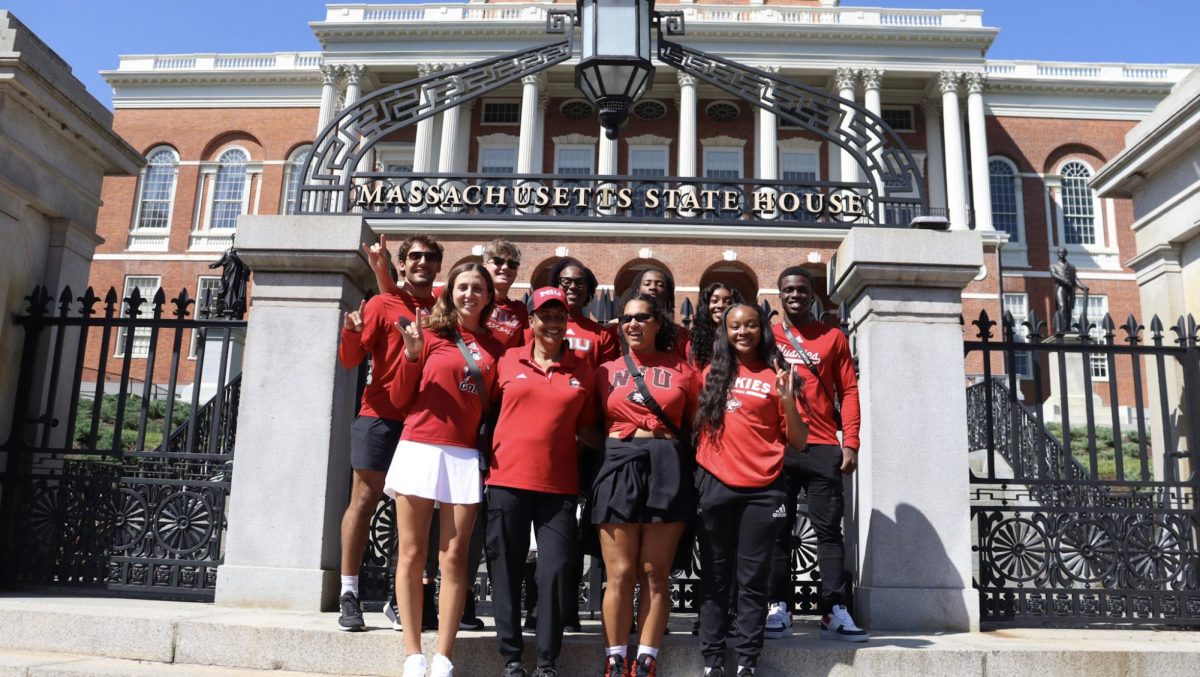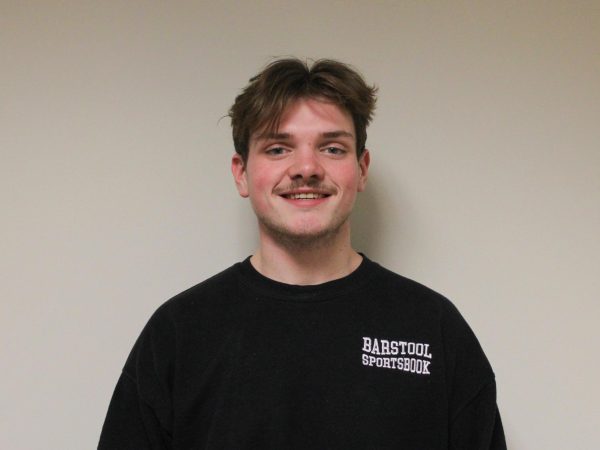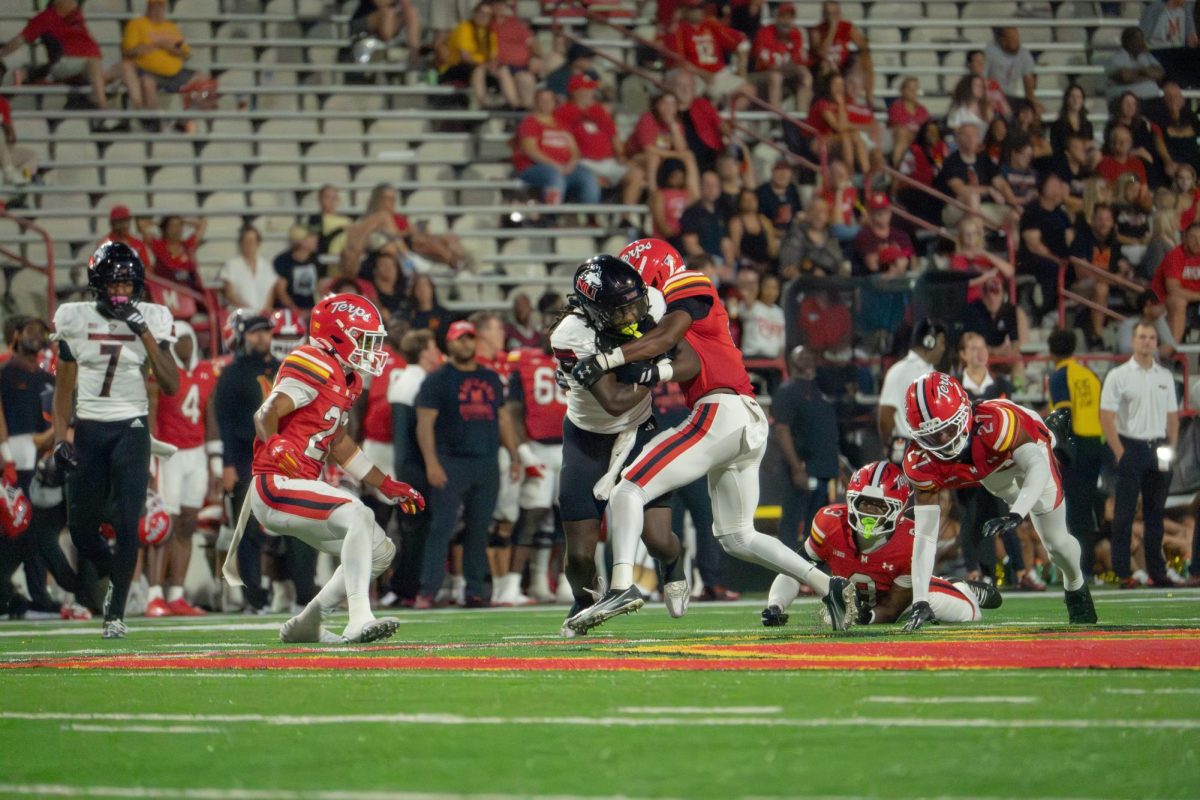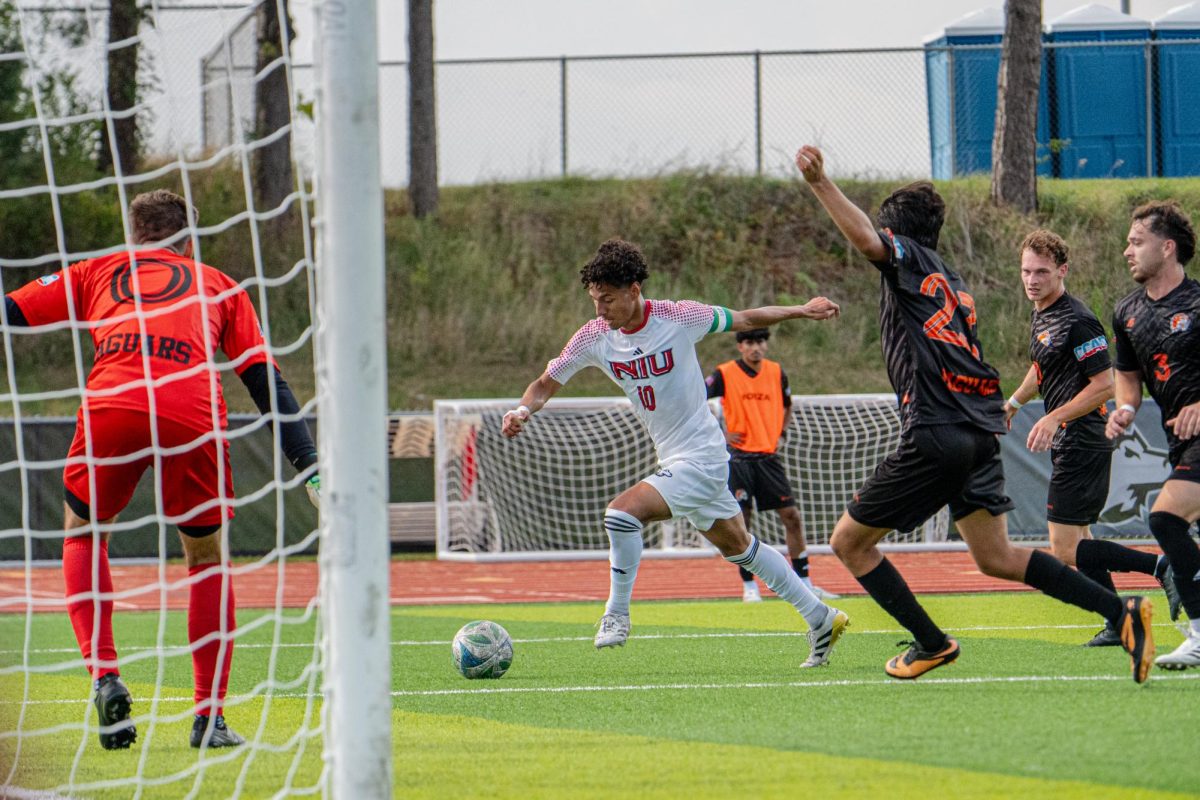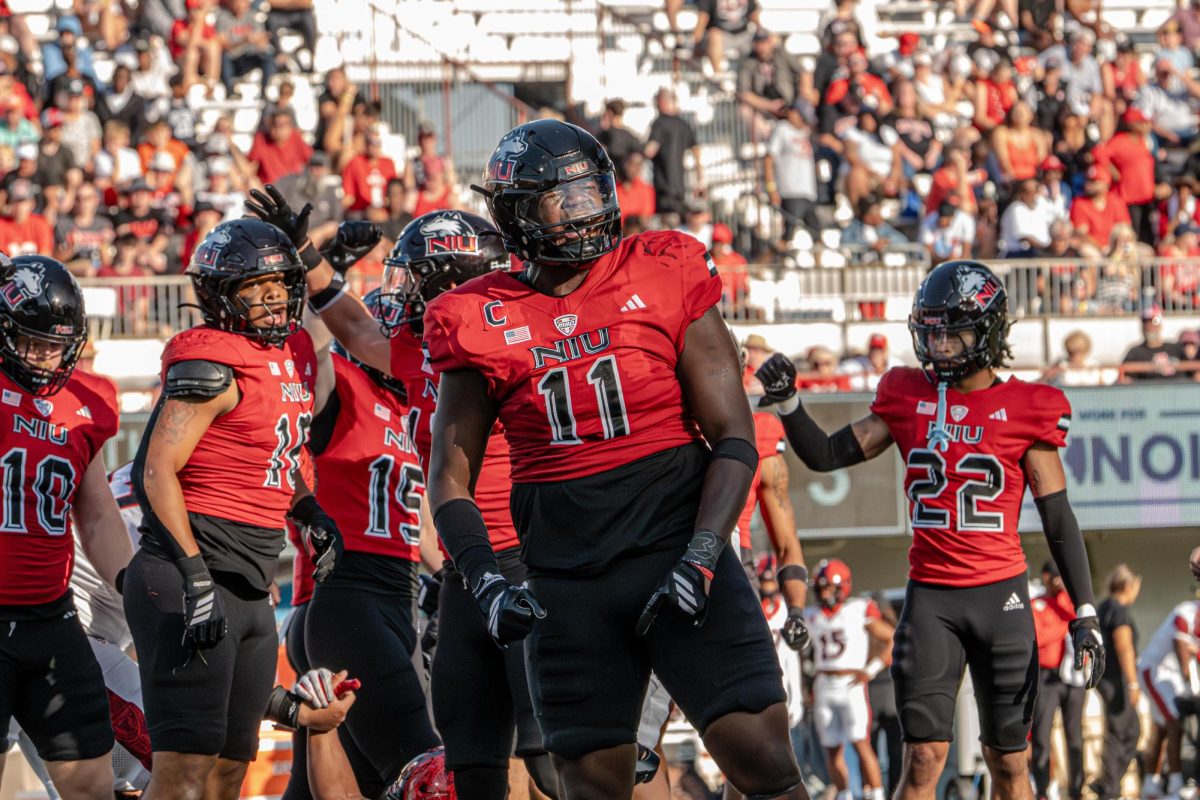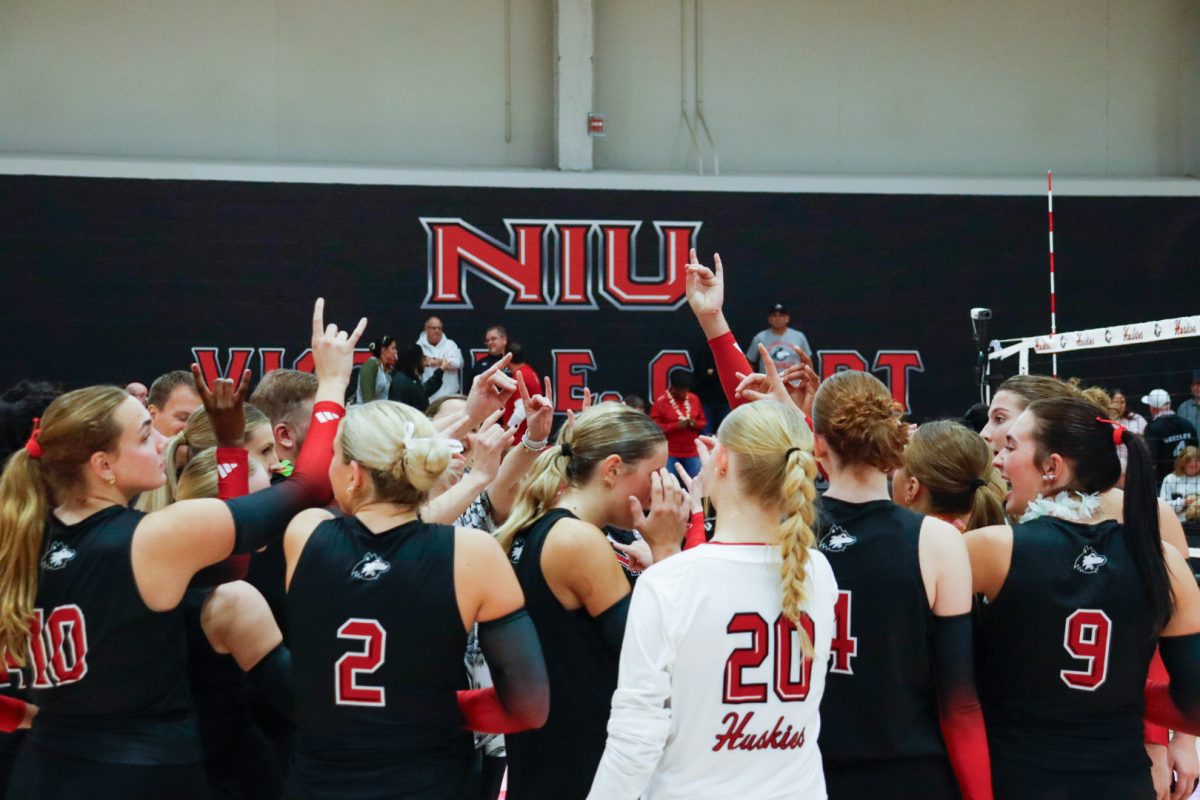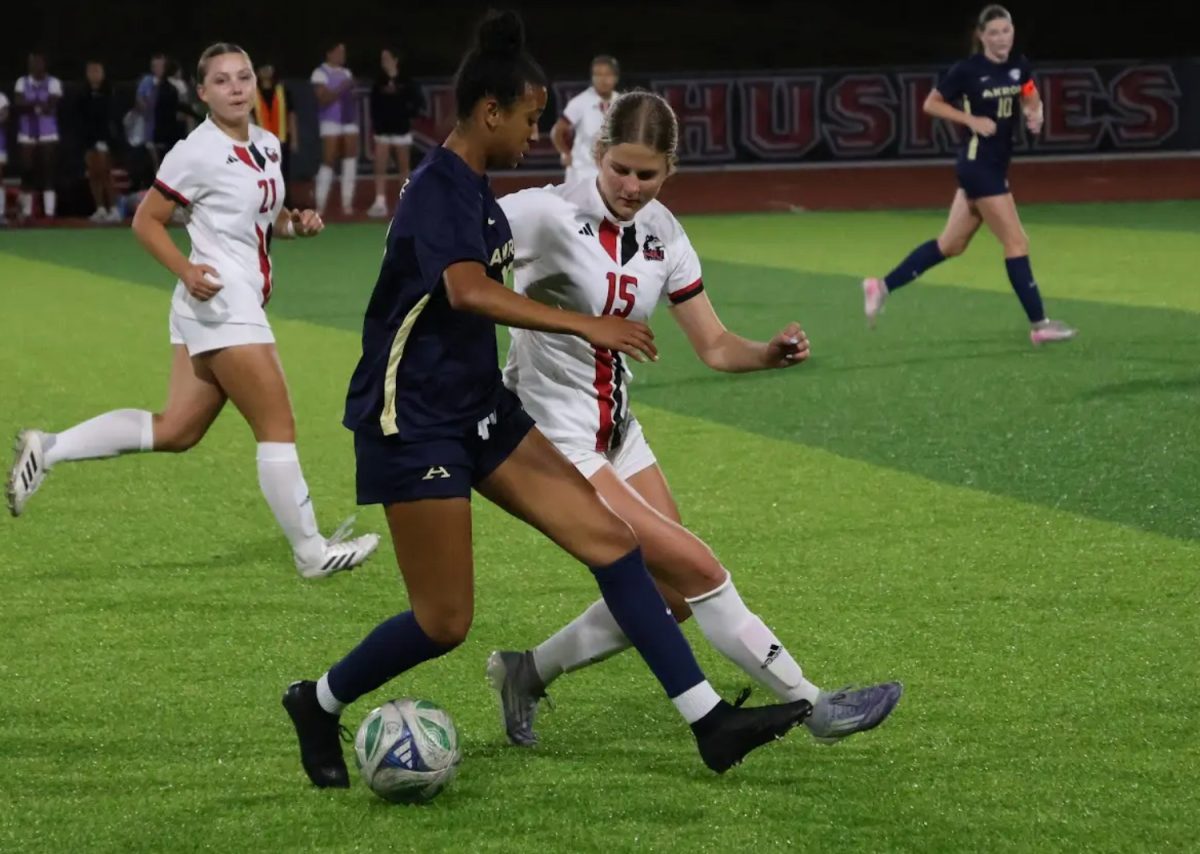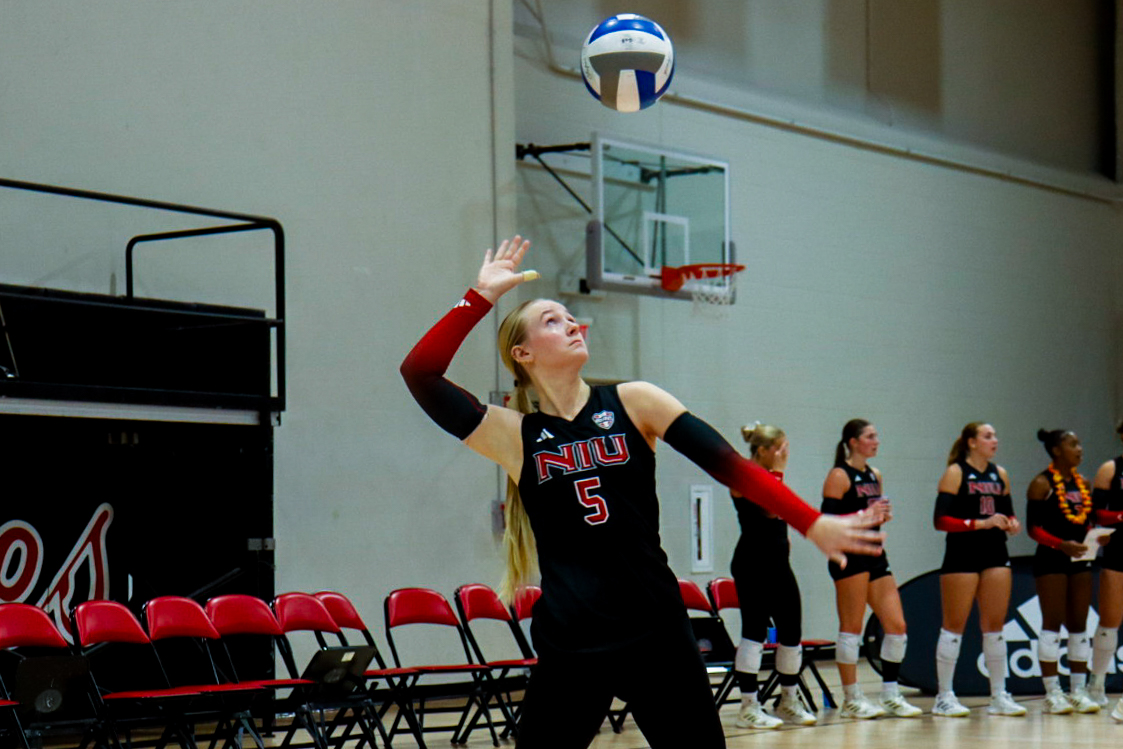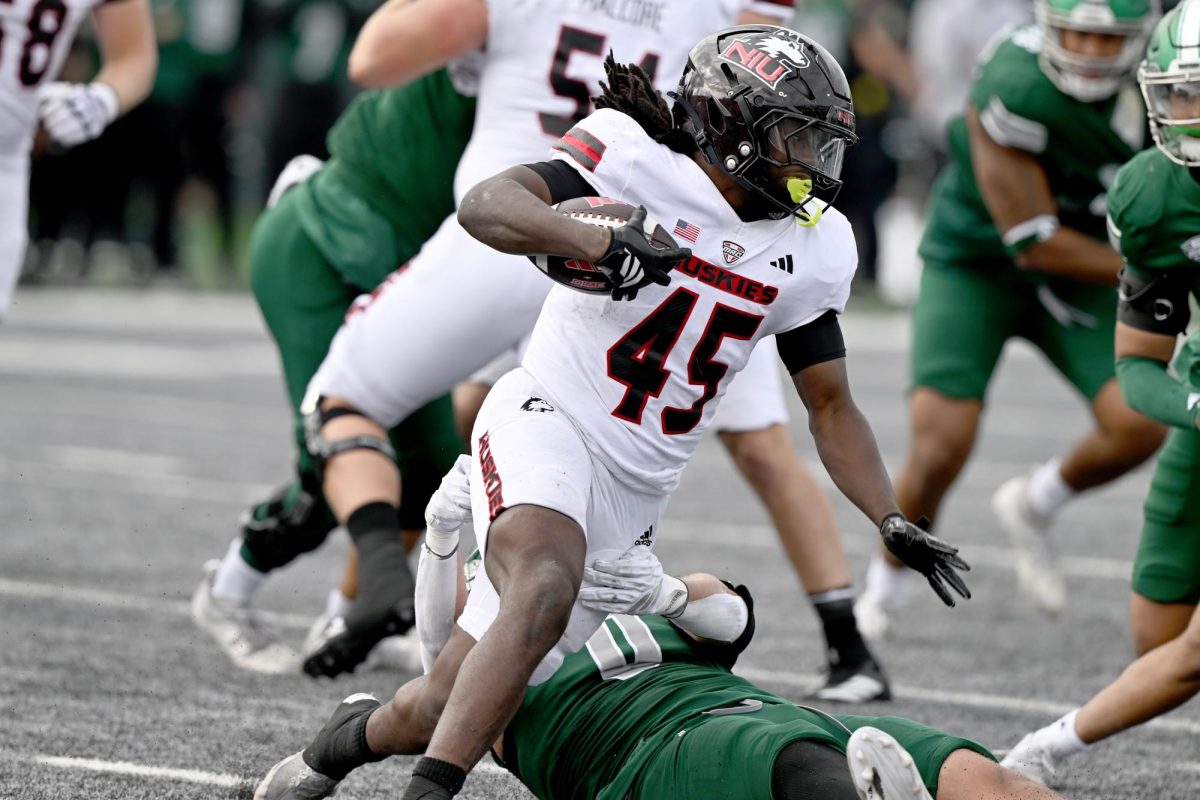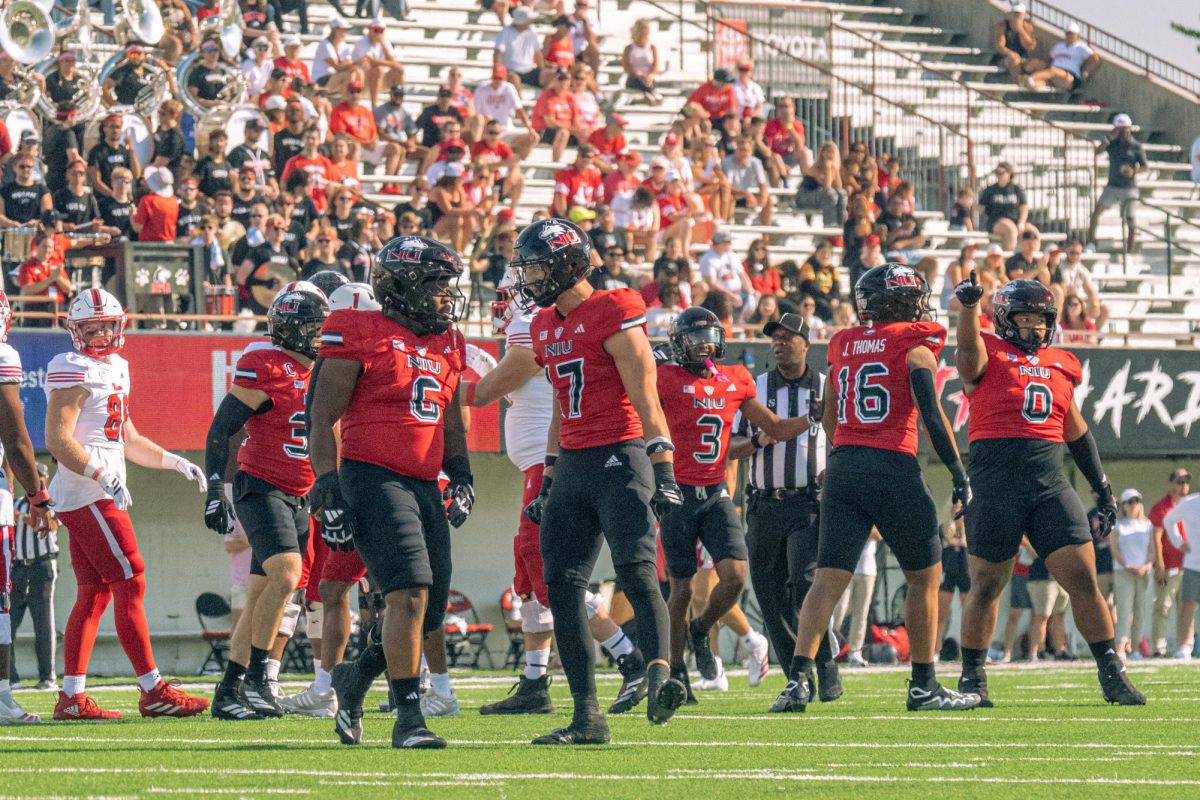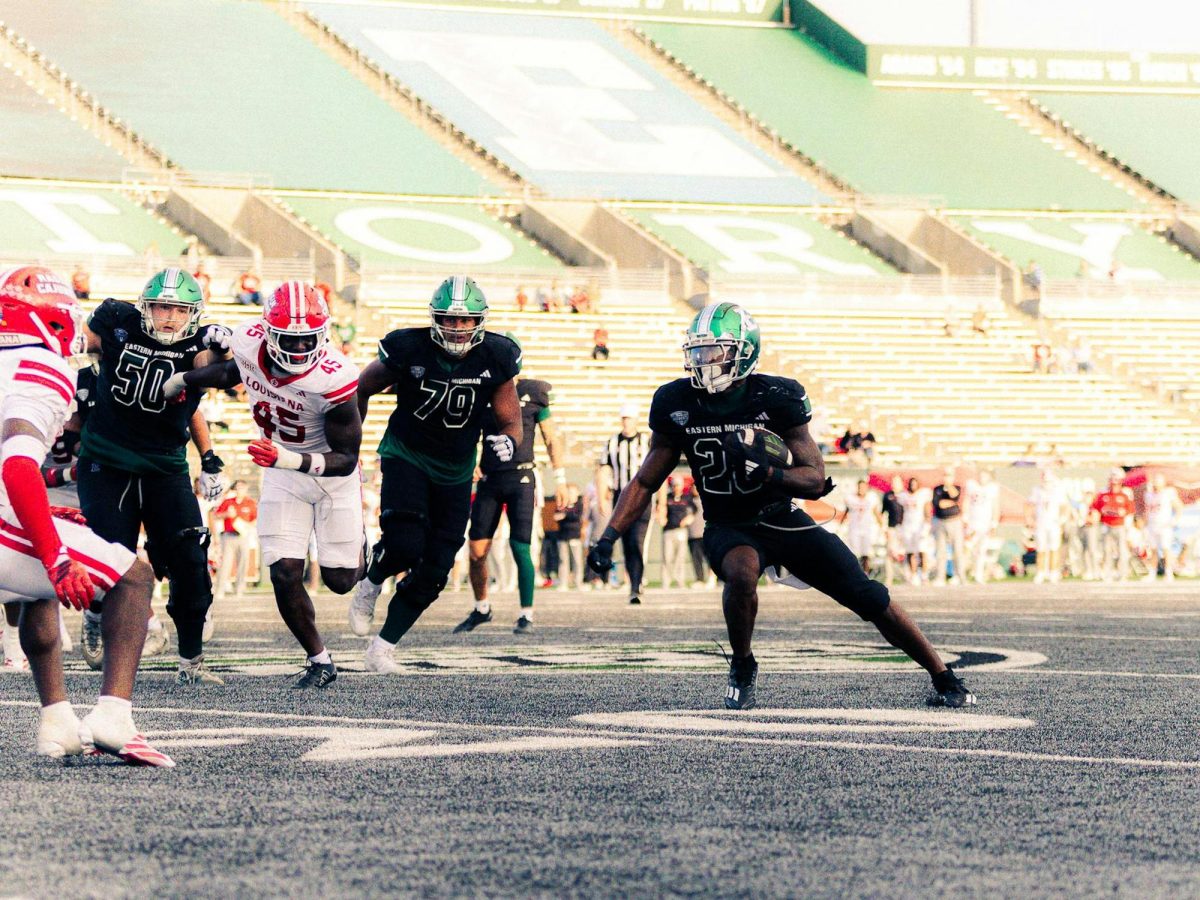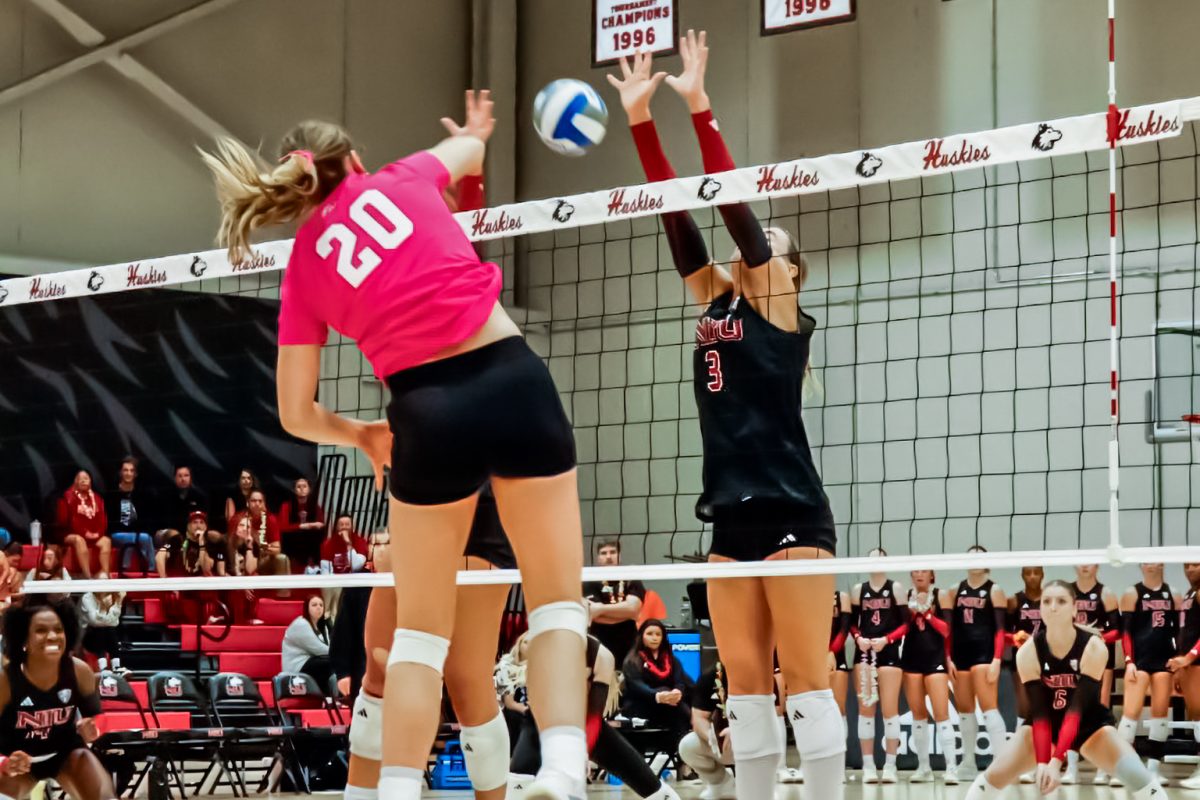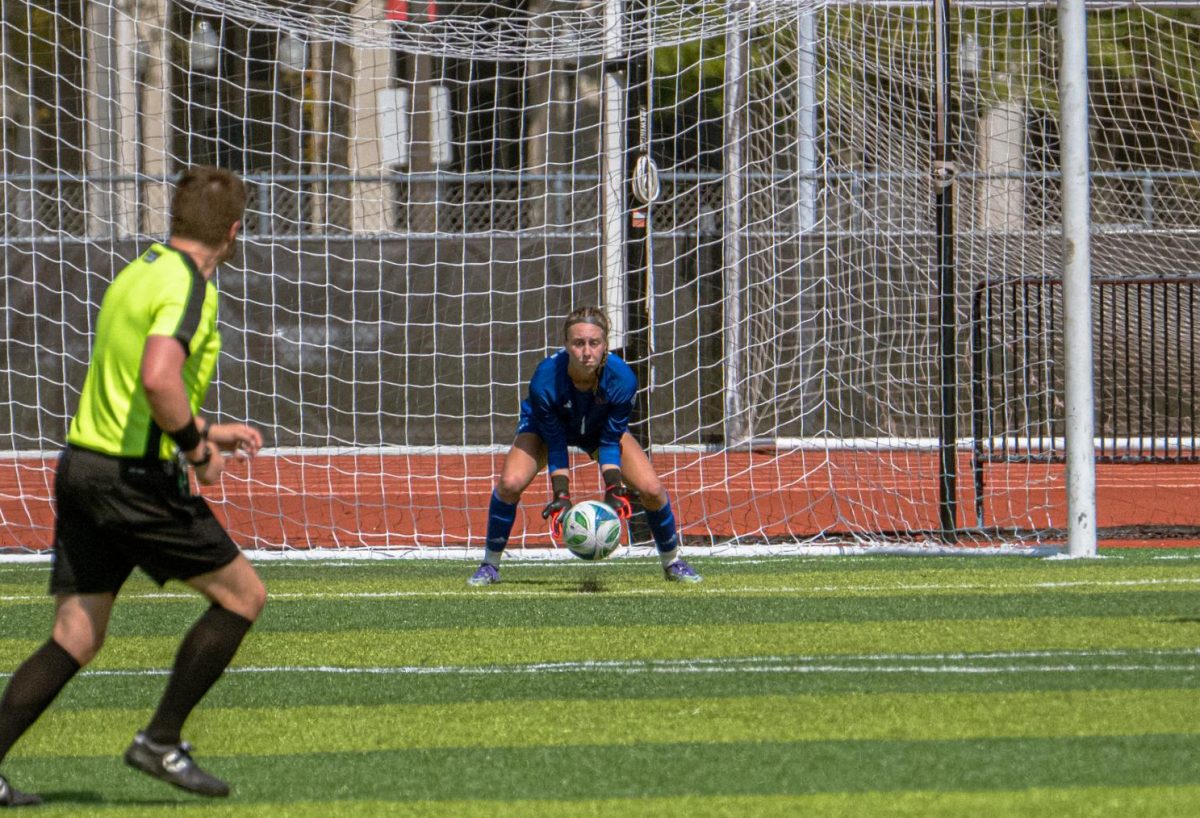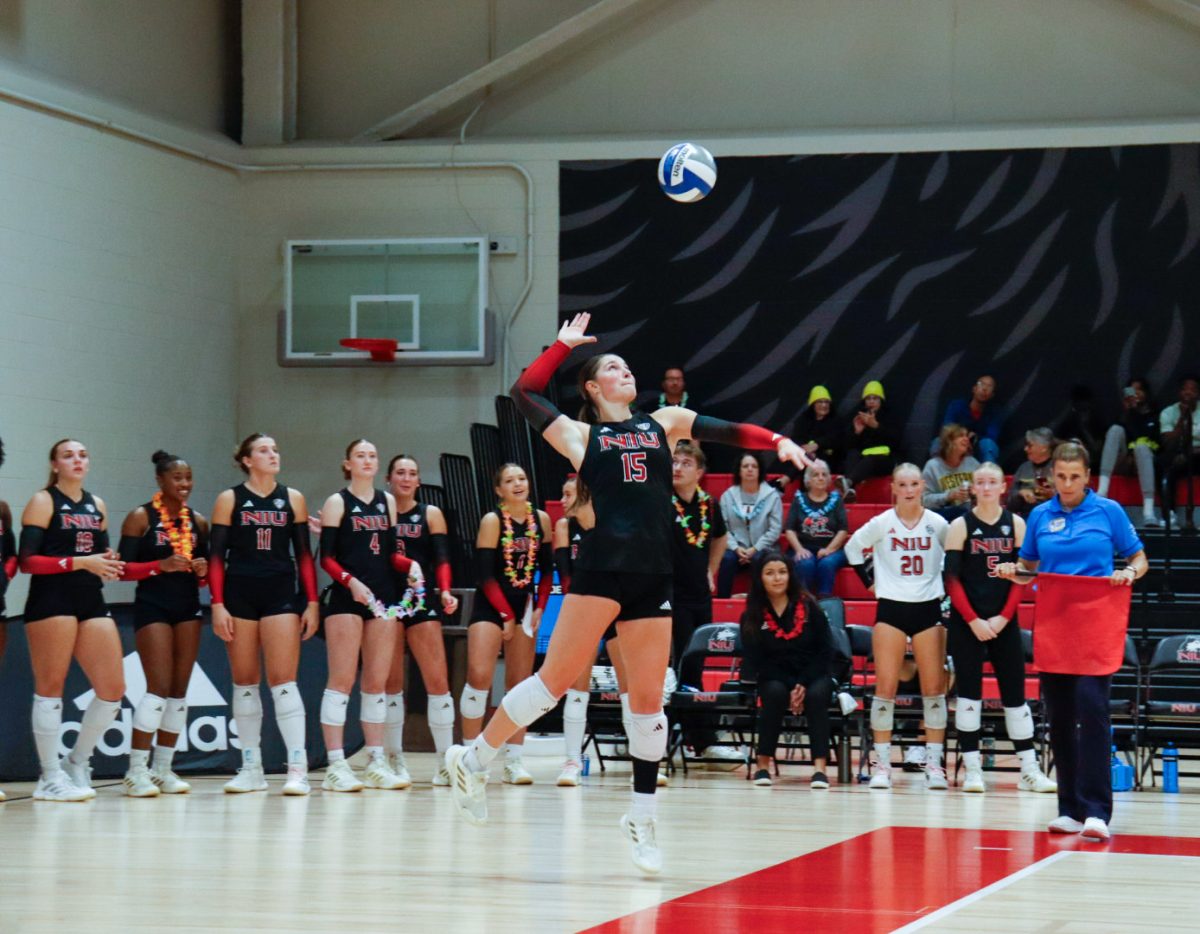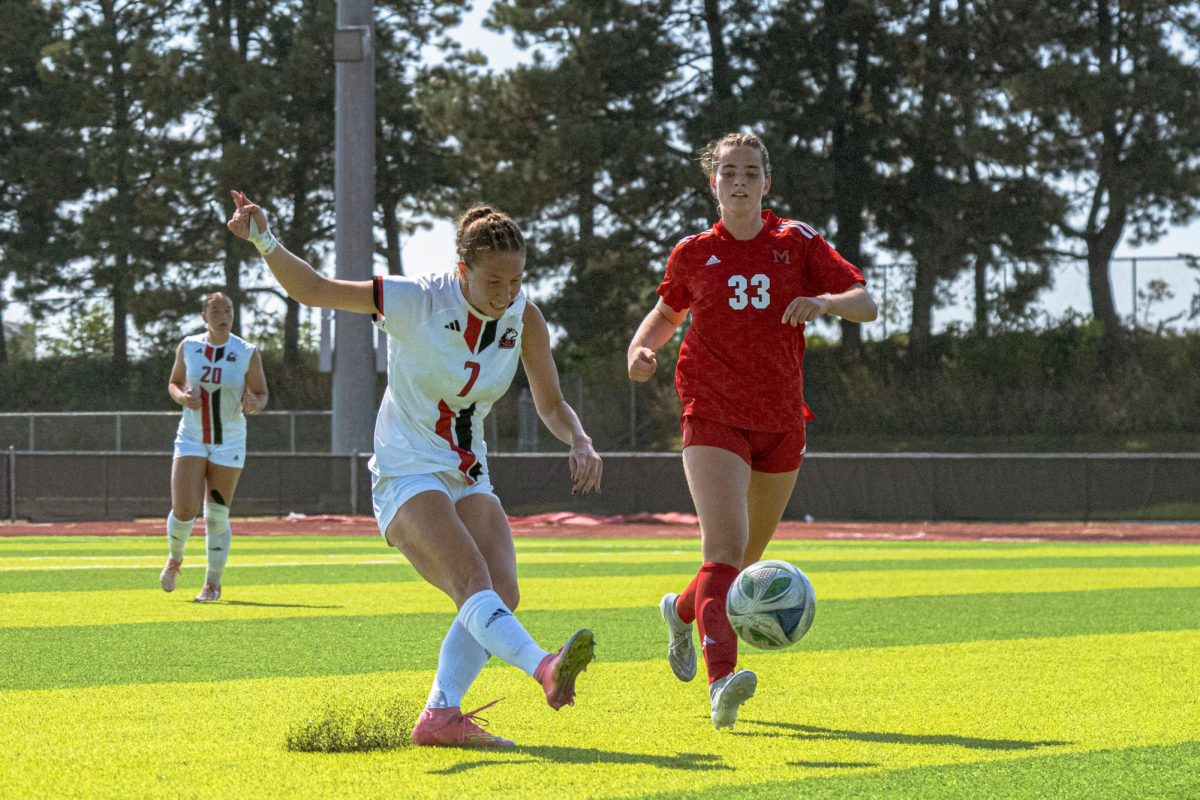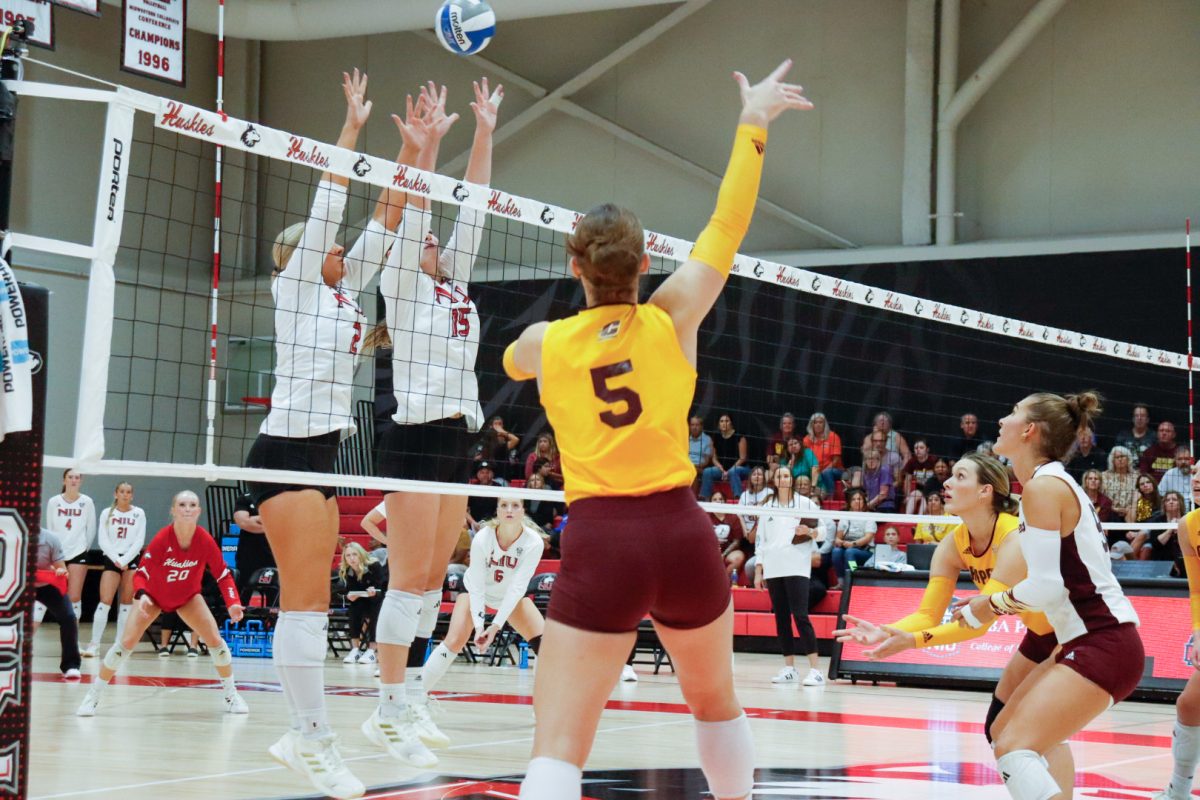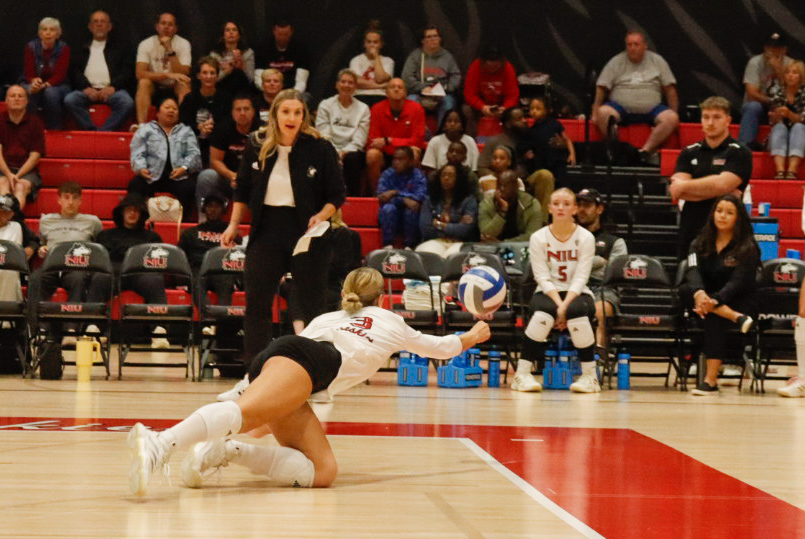DeKALB – During Labor Day Weekend, NIU Assistant Vice President of Academic Diversity, Equity and Inclusion brought student-athletes from eight NIU sports teams to facilitate an educational experience about the history of African Americans in Boston.
The eight student athletes included members of NIU baseball, football, track & field, women’s basketball, softball, women’s golf, wrestling and men’s basketball.
Senior infielder Eric Erato, redshirt freshman linebacker Akanimo Auquo, junior sprinter Kennedy Crawford, senior guard Jayden Marable, sophomore utility player Madison Mathews, Graduate student Sydney Naro, redshirt sophomore Ricardo Salinas and senior guard Keshawn Williams representing their respective teams.
The student athletes were joined by NIU President Dr. Lisa Freeman.
“NIU is committed to providing students with transformative experiences,” Freeman said in a NIU Athletics press release. “That encourage them to think critically, develop compassion, and acquire the skills needed to integrate complex and conflicting realities.”
Prior to the trip to Boston, the student athletes attending watched the movie “13th” to prepare themselves for the cultural experience. The movie highlights the history of racial inequality in the United States.
In Boston, the student athletes visited the Museum of African American History, African Meeting House and The Black Heritage Trail. The Museum of African American History is New England’s oldest mueseum displaying and conserving the contributions of African Americans to Boston.
The Black heritage trail stretches a mile and a half and displays the trials of the free black community in the North Slope of Beacon Hill.
“It was an amazing opportunity to become more informed about my history, and I can walk away saying I learned more about African American history,” Marable said.. “I am excited to go back to DeKalb and share what I have learned with my teammates.”
At the African Meeting House, the student athletes visited the first African American church that is still standing today. The church was built in 1806 and was also used as a school.
“I can’t wait to one day tell my kids I visited the first African American school ever in the United States,” Auquo said.. “Truly a memorable trip for me.


